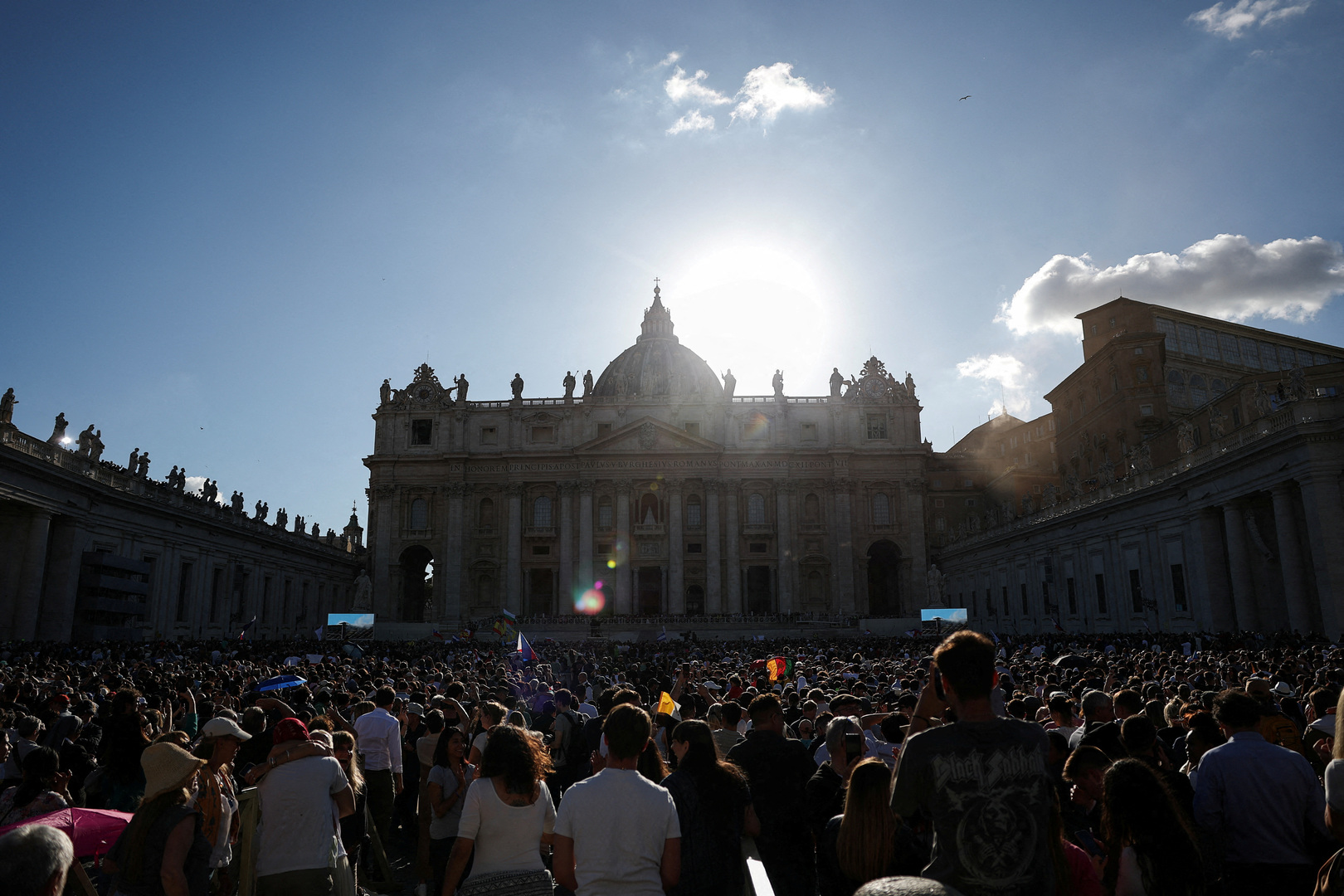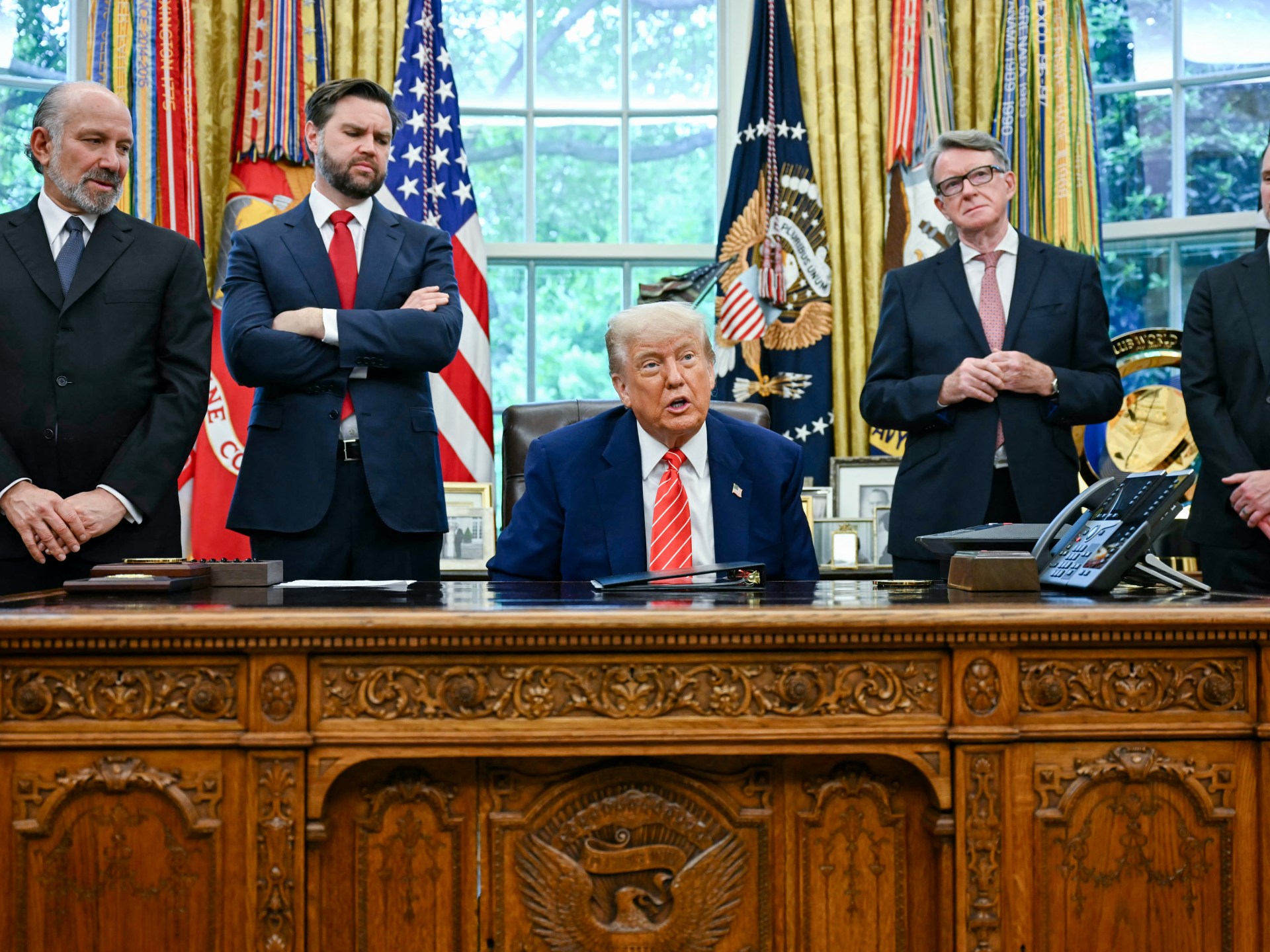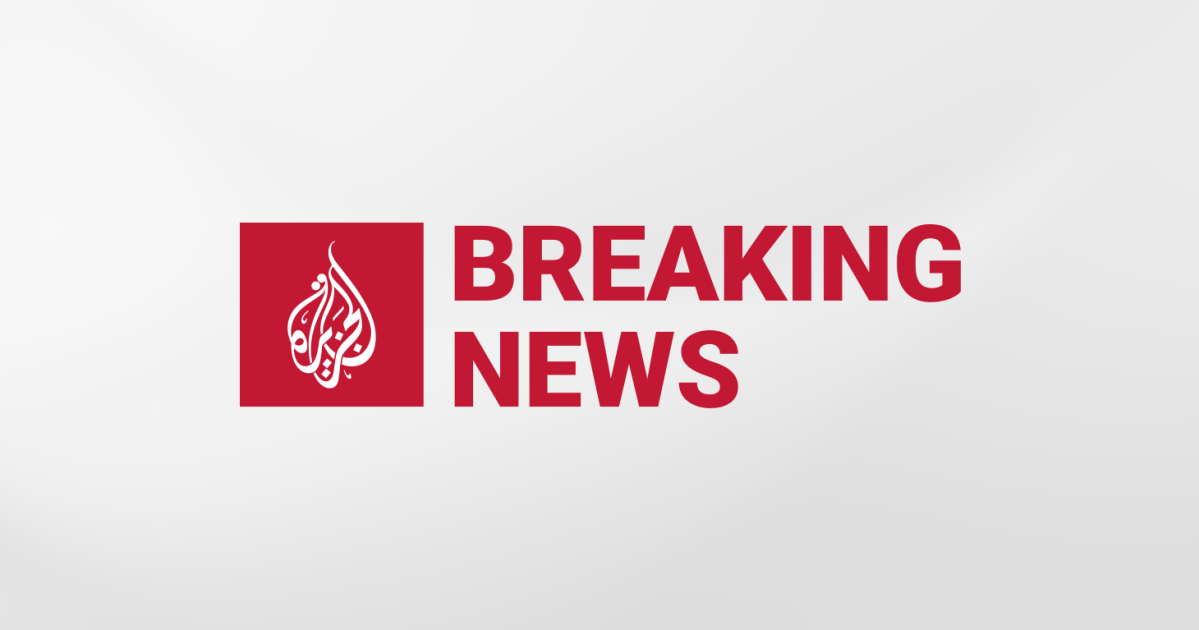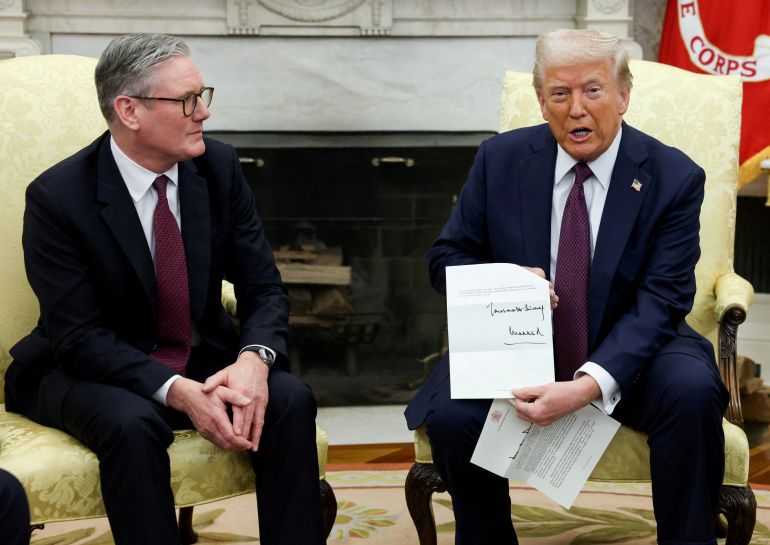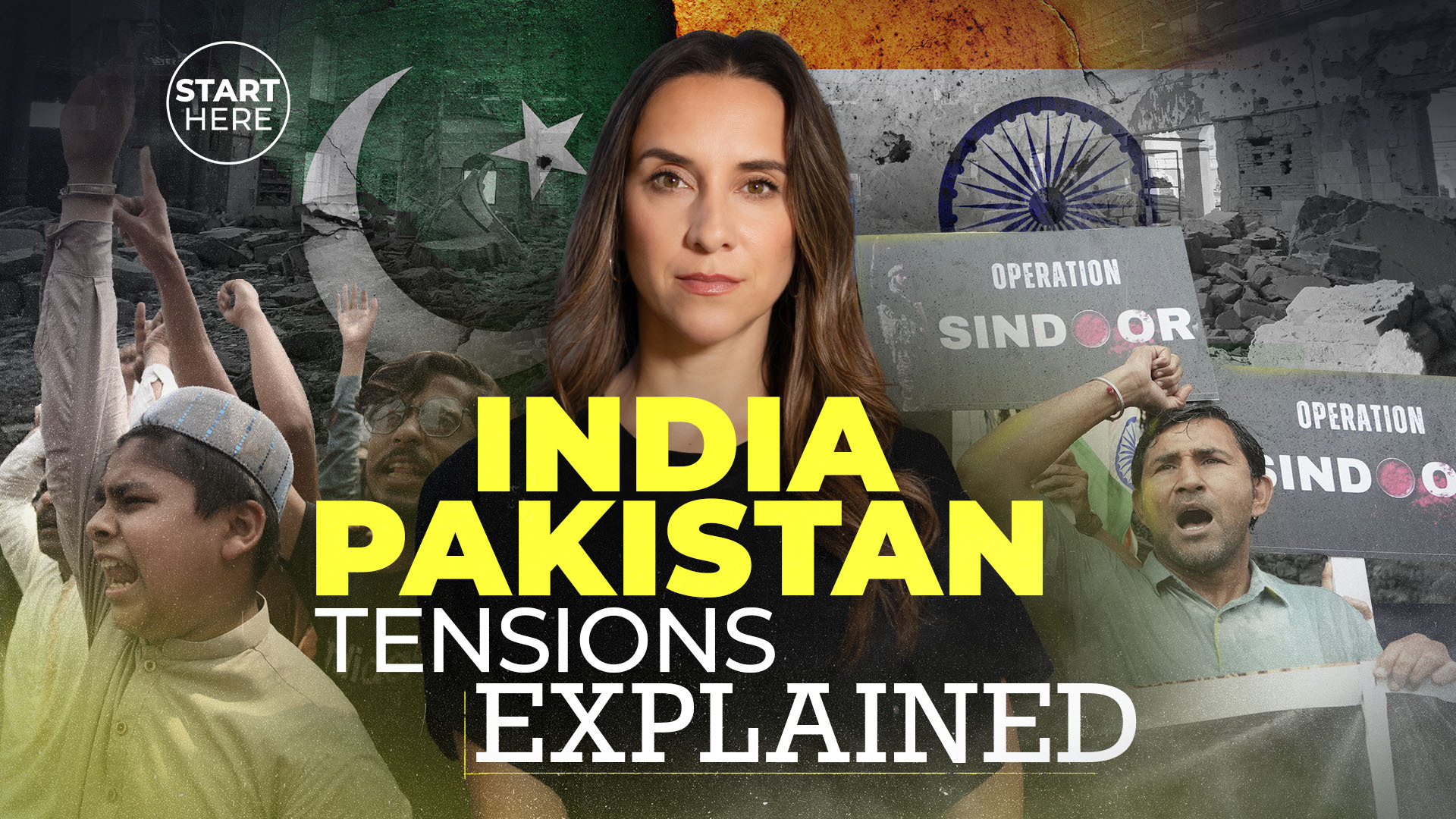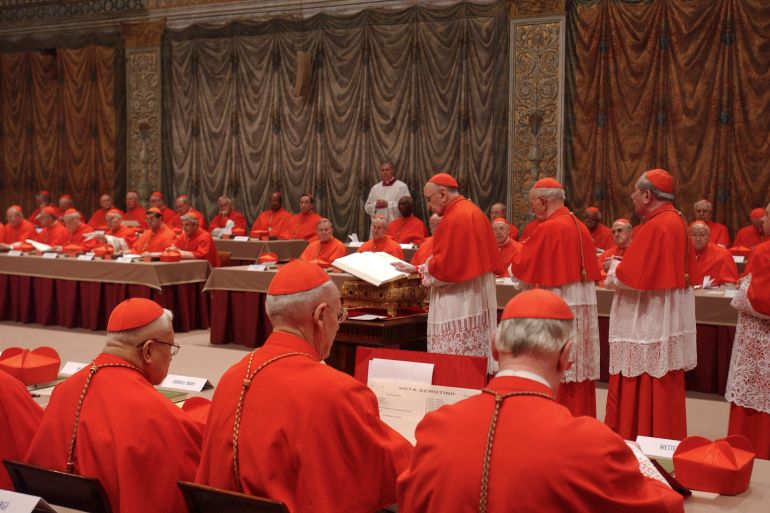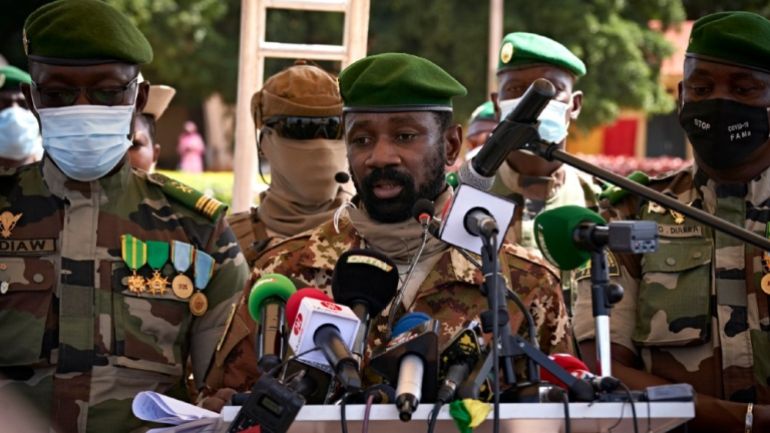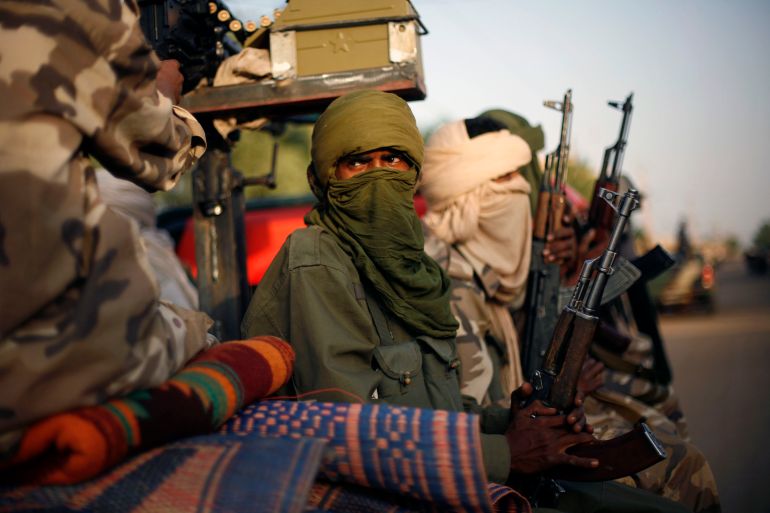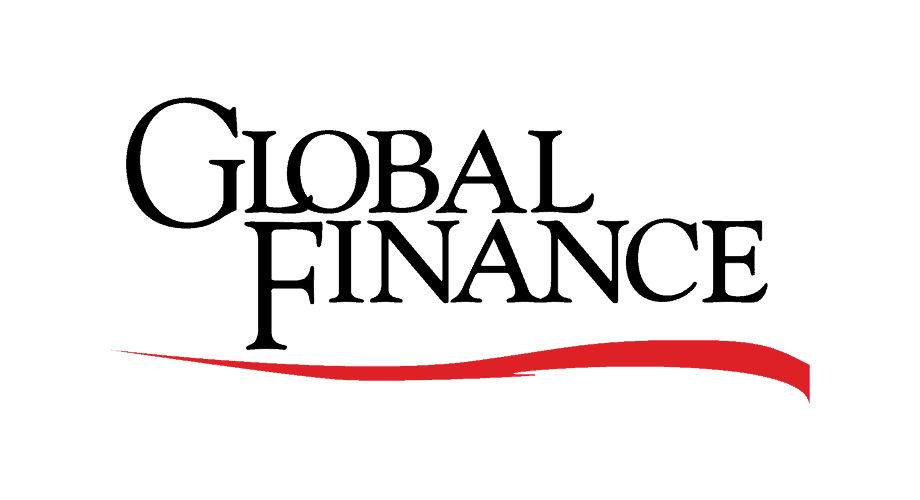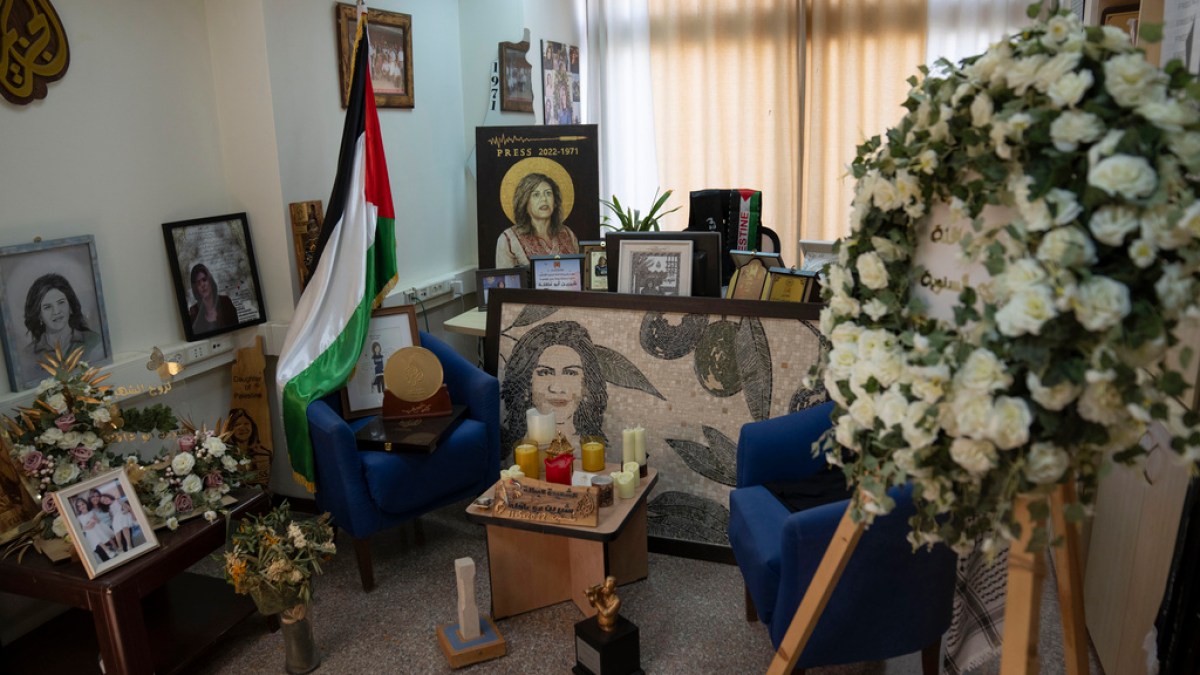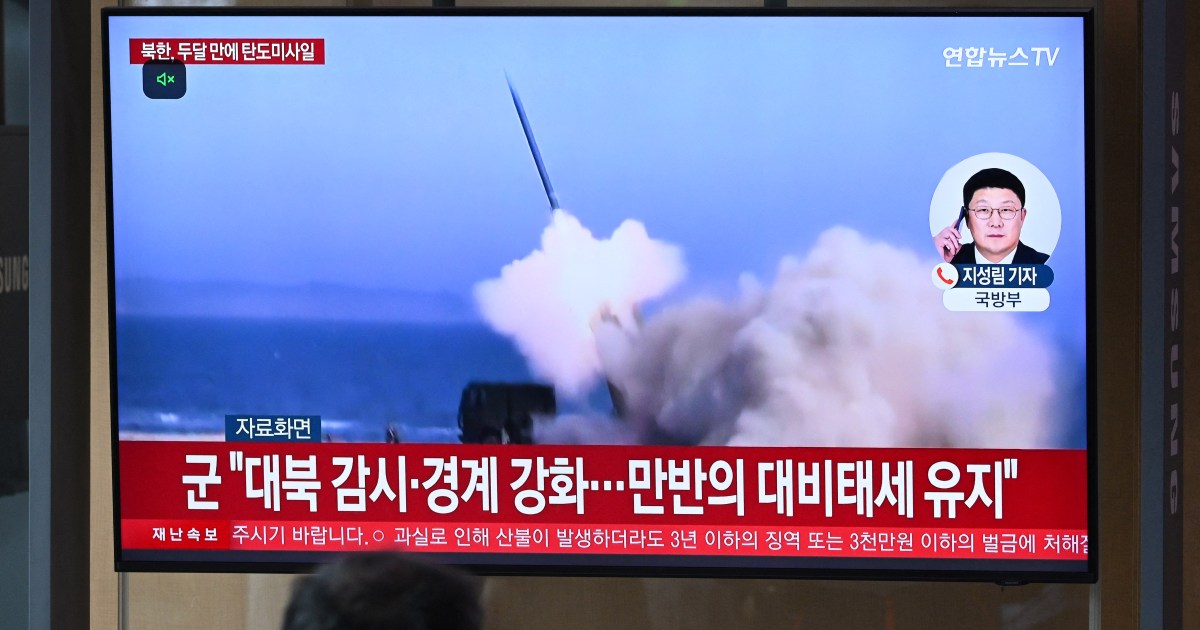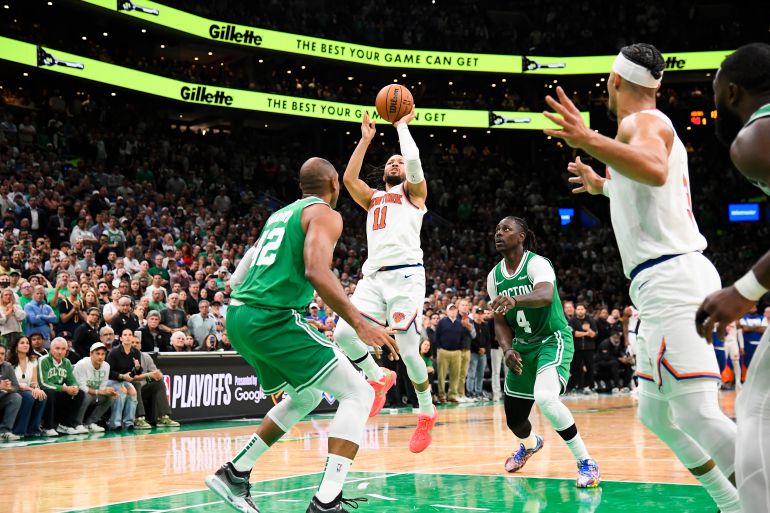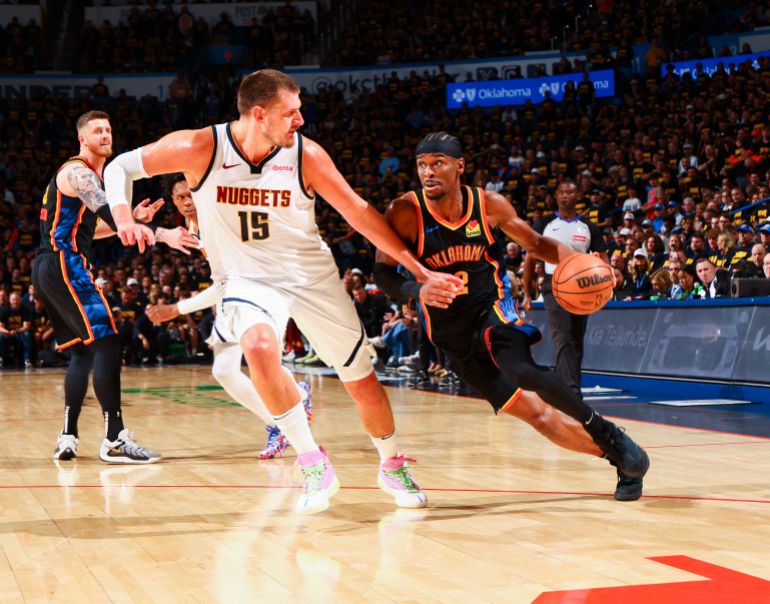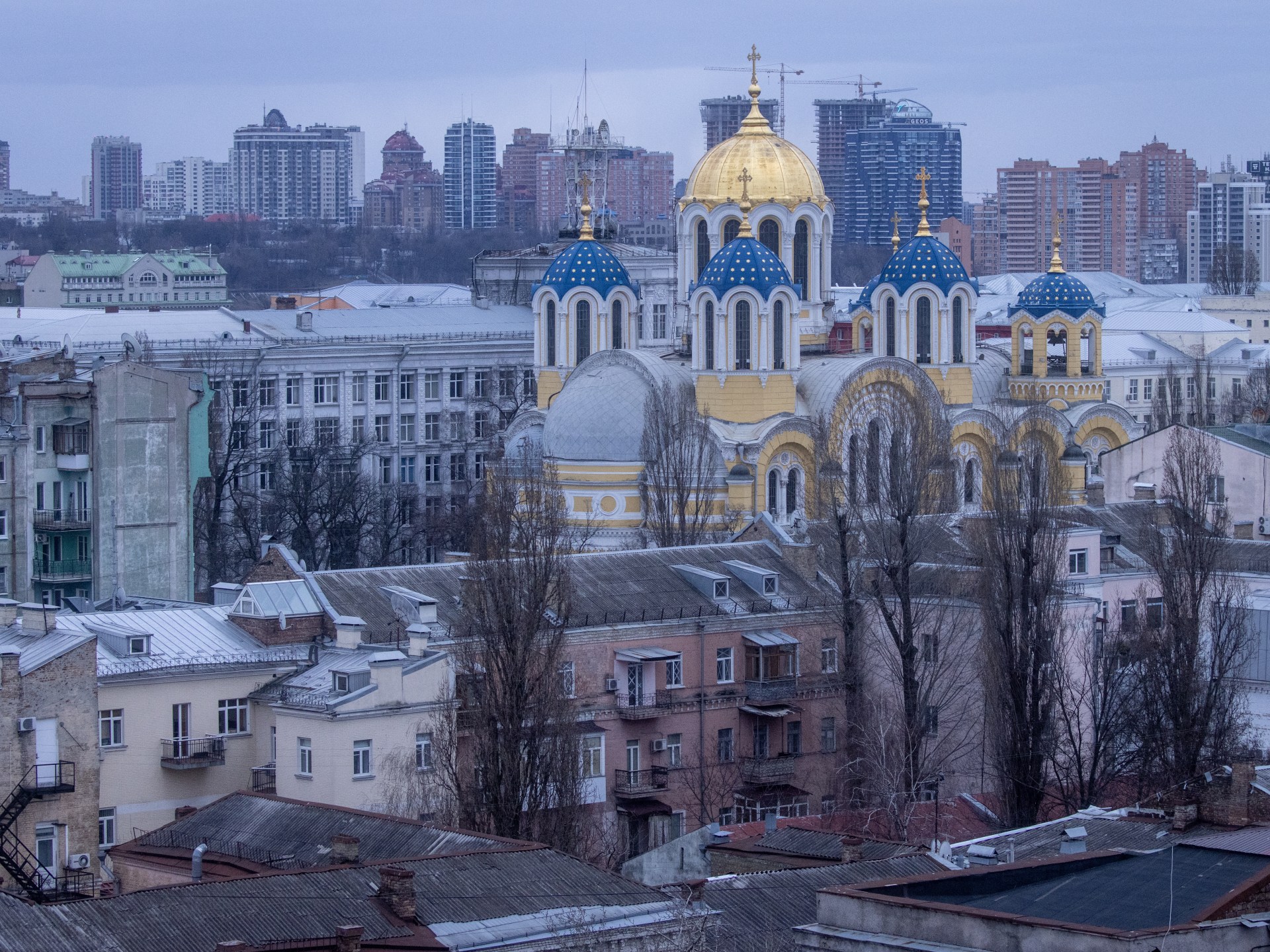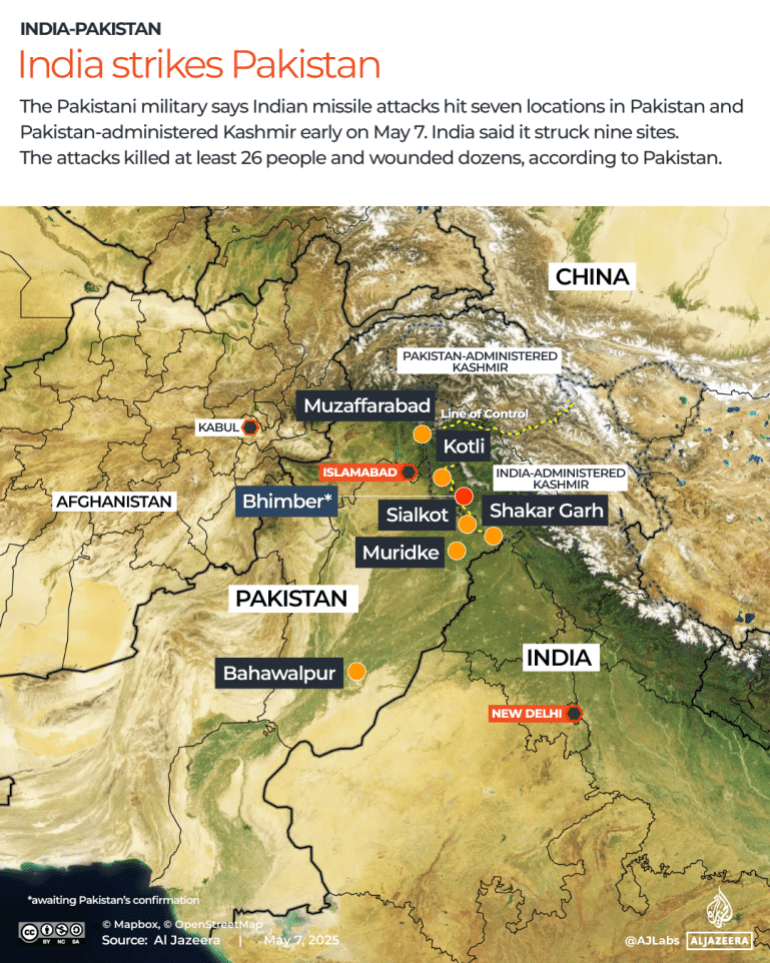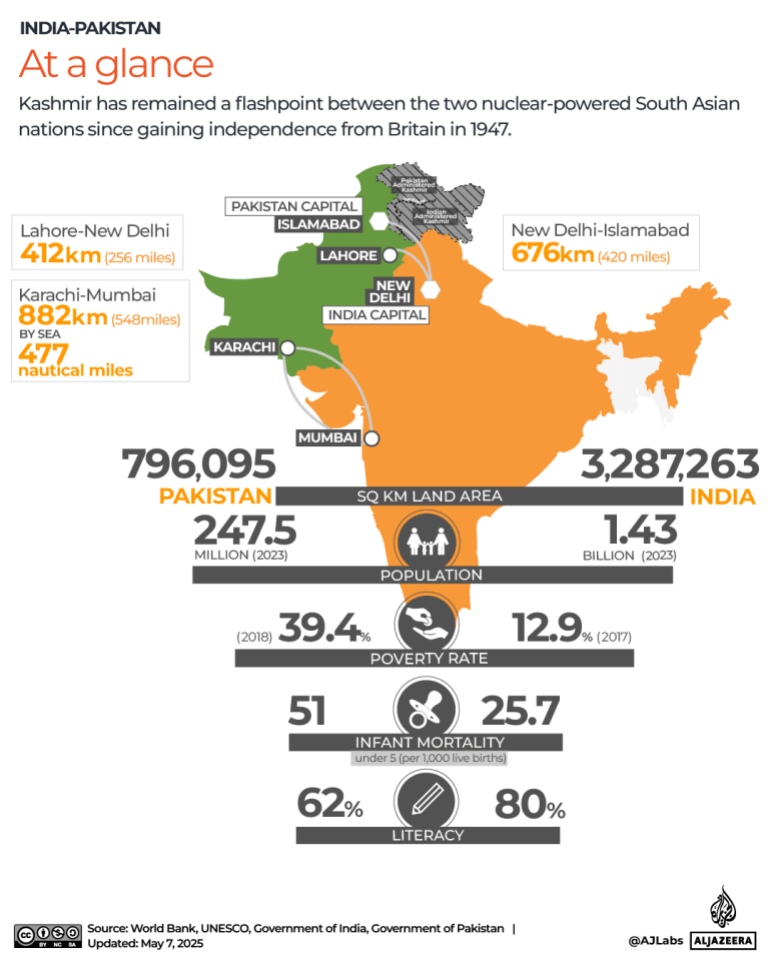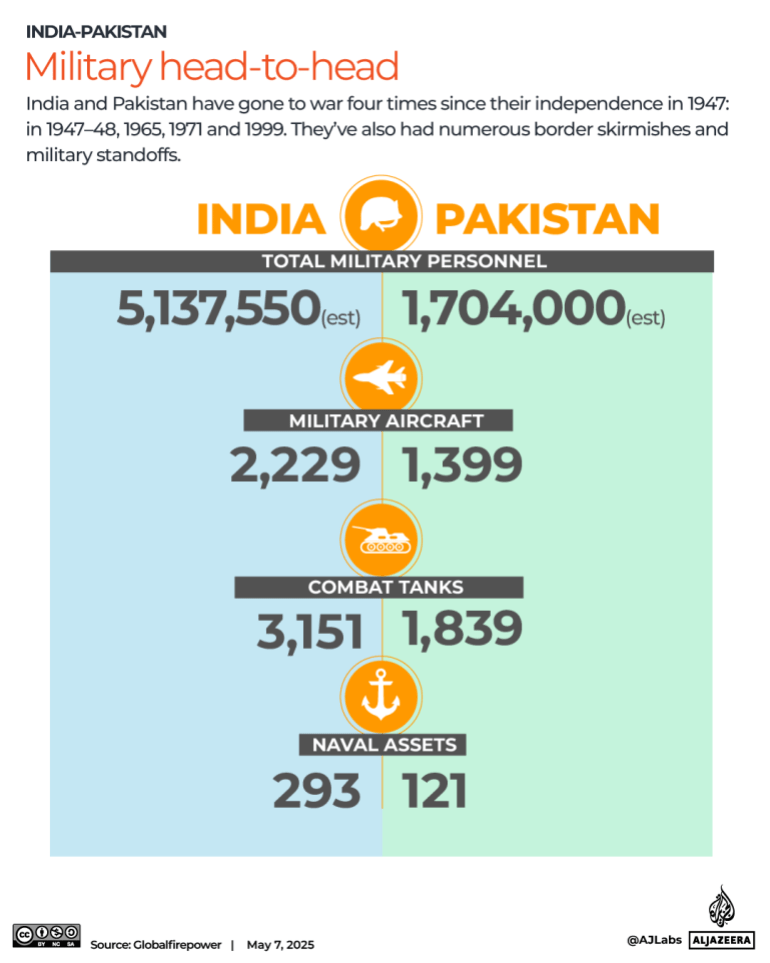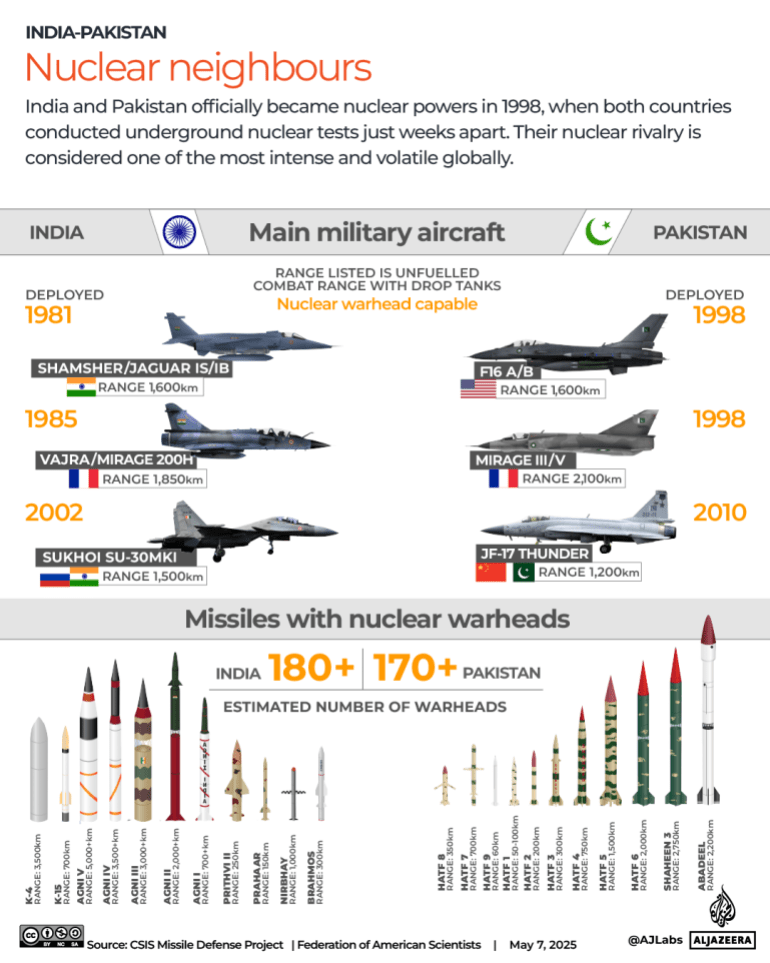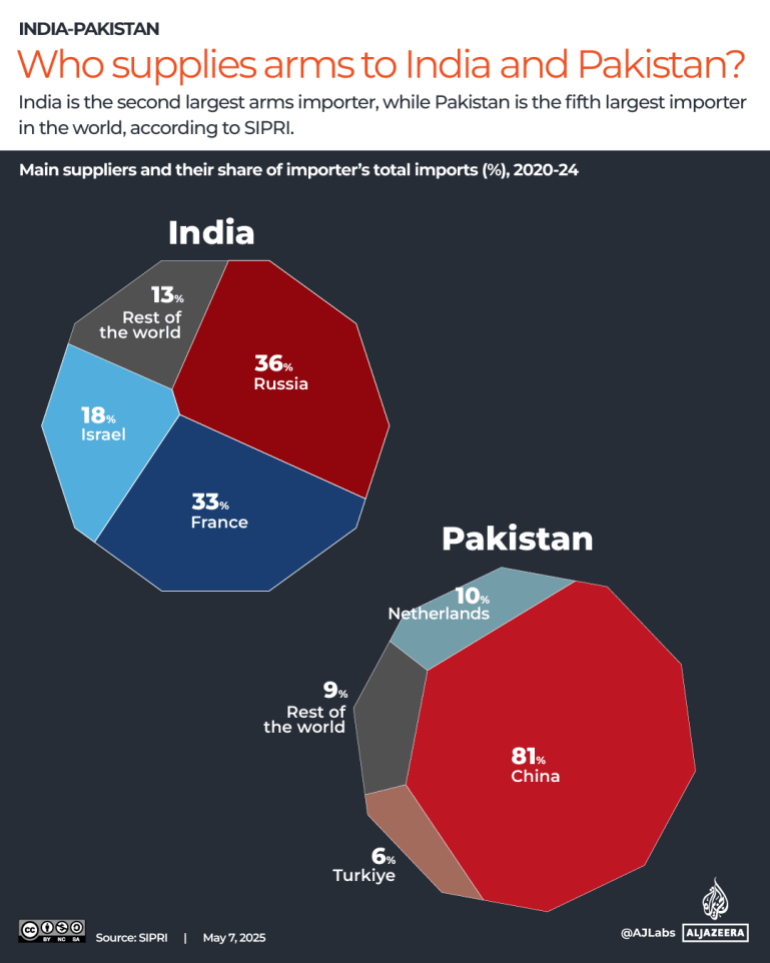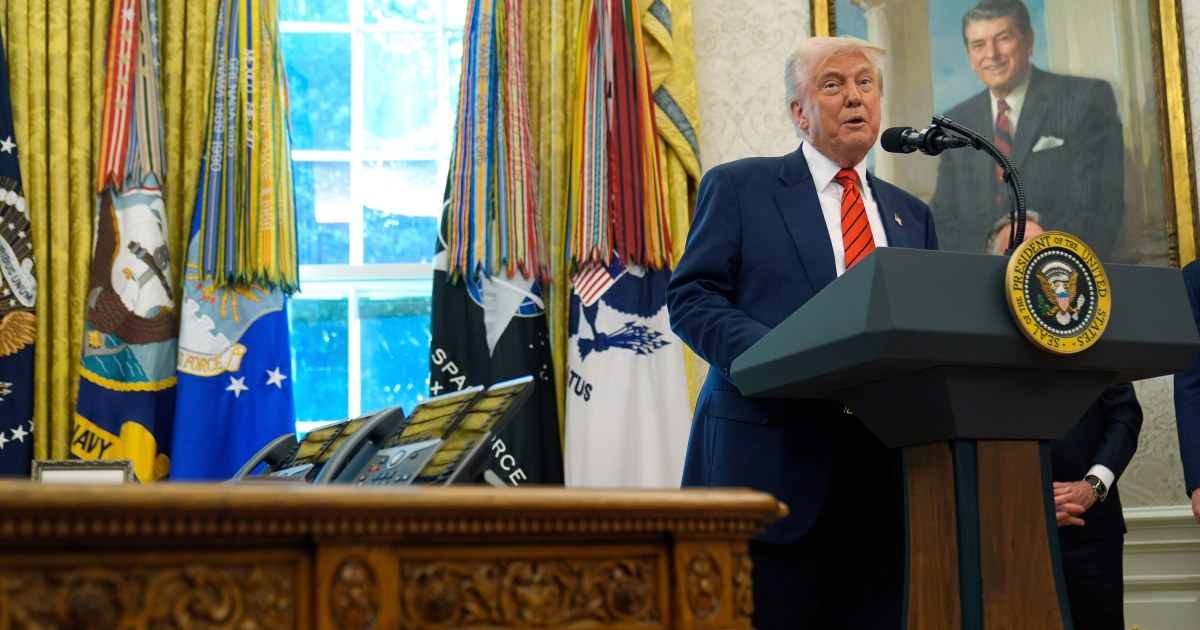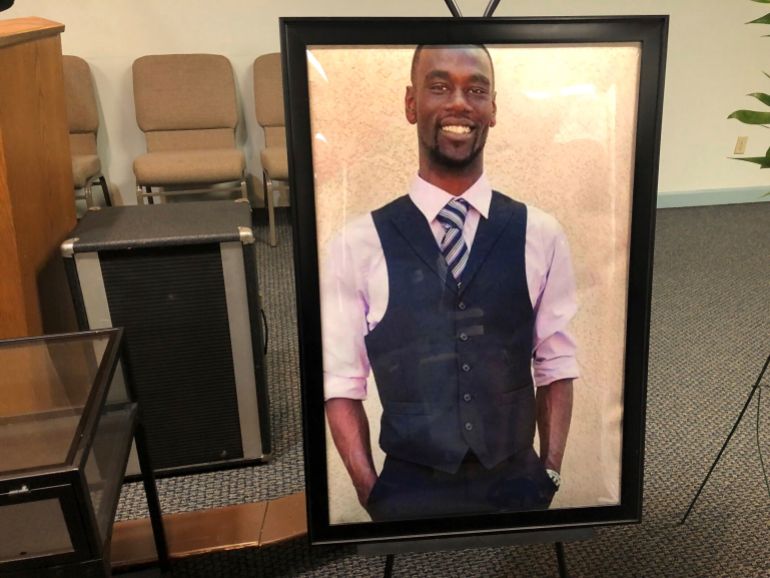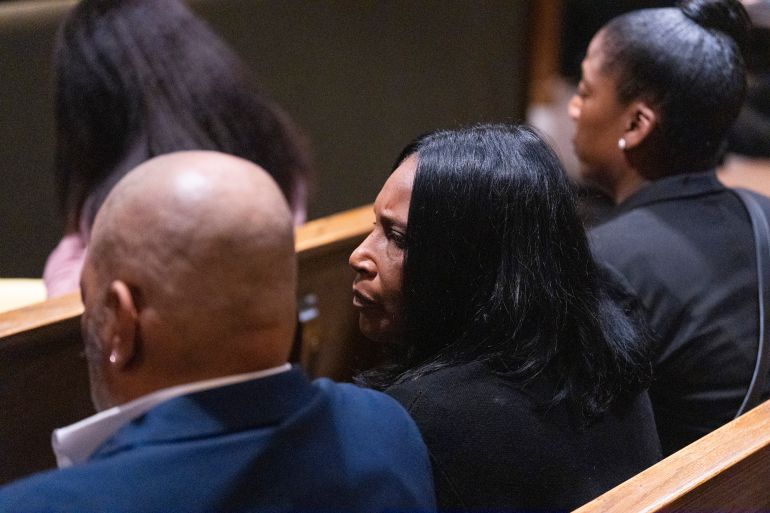‘Leone!’ Vatican crowds hail Leo XIV as new pope of the Catholic Church | Religion News
Vatican City – It felt like the square could talk in one voice: “Leone! Leone! Leone!”
Thousands of people in St Peter’s Square chanted in chorus the name adopted by Robert Prevost as he ascended to the papacy on Thursday: Leo XIV.
Just an hour and a half earlier, white smoke had billowed from the chimney of the Sistine Chapel, announcing that a conclave of cardinals had elected a new leader for the world’s 1.4 billion Catholics.
Now, it was time to meet Pope Leo himself. A solemn silence fell across the square. The faithful waited to hear the pope’s first message, which would set the tone for his papacy.
“Peace be upon you,” said Leo XIV, appearing on the central balcony of St Peter’s Basilica.
He proceeded to repeat a blessing uttered by his late predecessor, Pope Francis, just weeks earlier: “God loves us, God loves everyone, and evil will not prevail. We are in the hands of God.”
It was a closely watched moment, with red-hatted cardinals poking out of nearby windows to catch their first glimpse at the newly minted pontiff.
Pope Leo XIV was elected on the second day of the conclave, and his opening remarks as leader signalled continuity with Francis, who died on April 21 at age 88. But experts say he is likely to strike a middle path, between furthering Francis’s inclusive agenda and embracing Vatican tradition.
“Peace” was one of the most used words in his brief speech — a choice meant to echo the words that Jesus pronounced after Easter, as Vatican spokesperson Matteo Bruni explained during a news briefing.
Leo XIV called on Catholics to seek “a disarmed peace and a disarming peace” through “dialogue” and “building bridges”, in a brief speech heavy with themes of unity.
“Bravo! That is what we need!” one audience member in the square shouted as the new pope spoke.
Another, 29-year-old Kasper Mihalak from Denmark, was squeezed in the middle of the crowd hoping to catch a glimpse of the first North American pope.
“I am really excited. Cardinal Prevost, now Leo XIV — it’s gonna be amazing! He said a lot about peace during his speech. I think the world now really needs it,” Mihalak said.
Rosaria Venuto could hardly hold back her tears. Early in the morning, she picked up her two children and drove four hours from Ascoli Satriano, a small town in the southern Italian province of Apulia, to be in St Peter’s Square.
“I am deeply moved to have the chance to be here and live through this joy and be a small part of this historical event,” she said.
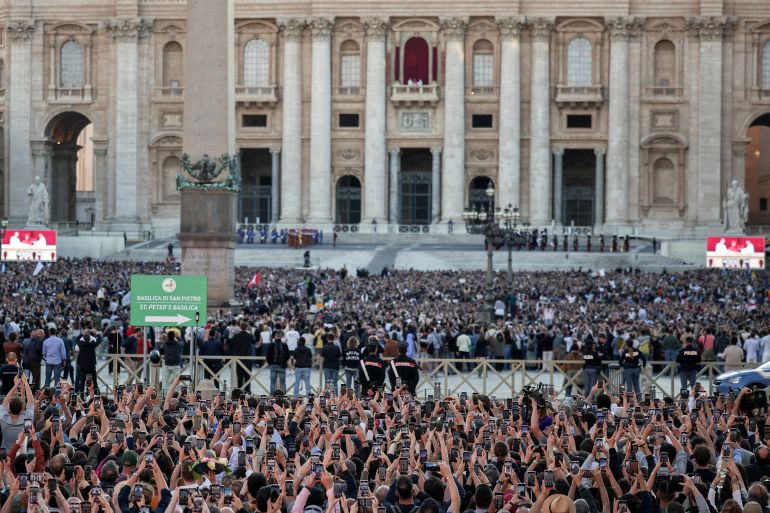
His own man
Born in Chicago, a midwestern city in the United States, Leo XIV spent more than two decades in Peru, where he acquired dual citizenship.
There, he worked in some of Peru’s poorest areas, and he eventually became the bishop of Chiclayo, in the country’s agricultural north. Then, in 2023, Pope Francis appointed him to lead a powerful office that manages bishops across the world.
Phil Pullella, a Vatican expert who has covered the papacy for more than four decades, said that background offers a degree of continuity with Francis, who hailed from Argentina and advocated against poverty.
“He knows about poverty in Latin America,” Pullella said of Leo XIV. “So, he’s not the same thing as if they had elected some cardinal of New York, for example.”
That continuity was likely appreciated by conservative camps at the Vatican, as well as liberal-leaning ones, Pullella added.
“He comes from the wealthy world, but he witnessed firsthand the problems of the Global South in a poor country,” he said.
Still, Pullella noted that the way Leo XIV dressed showed that “he is going to be his own man”.
Instead of the simple white cassock that Pope Francis wore in 2013 when he was elected, Leo XIII added a traditional red cape over his vest, symbolising the spiritual and temporal powers of his office.
“In a sense, he is going back a little bit to that kind of tradition,” Pullella said. “He would not have been elected had he not had the votes of the conservative bloc.”
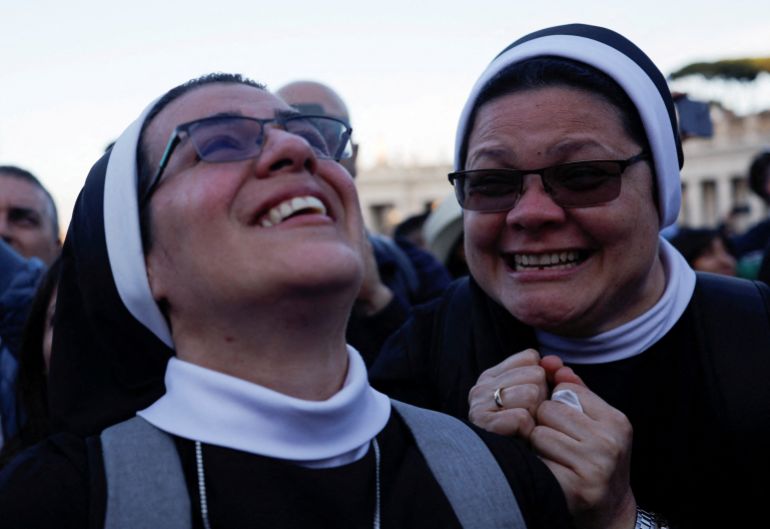
A unifying figure
Leo XIV’s election came as a surprise to many. Many observers were betting on a new pope by nightfall, but few expected only three rounds of voting.
The crowd was stunned when white smoke started to pour out of the tiny chimney by early evening, at around 6:09pm local time (16:00 GMT).
That was the signal that — of the 133 cardinals under the age of 80 who were eligible to vote — a candidate had received the two-thirds majority needed to become pope.
This year’s conclave had the distinction of being the most international in the Vatican’s history: The participating cardinals hailed from more than 70 countries, representing divergent views for the Catholic Church’s future.
The diversity was part of the legacy of Pope Francis, who appointed cardinals from underrepresented countries like Laos and Haiti to broaden the church’s global appeal.
Francis spent 12 years as head of the Catholic Church, shaking up the establishment by adopting a distinct style and tone, focused on austerity and advocacy for marginalised populations.
The late pope’s efforts caused excitement among reformers but also dismay among conservatives, who accused him of diluting the Church’s teachings. Experts say that led to a deep polarisation within the church, with some members criticising Francis for decentralising the church’s authority.
Those experts point out that Leo XIV’s experience in the Roman Curia — the church’s government — was likely a selling point among conservative conclave voters looking for stability in the years ahead.
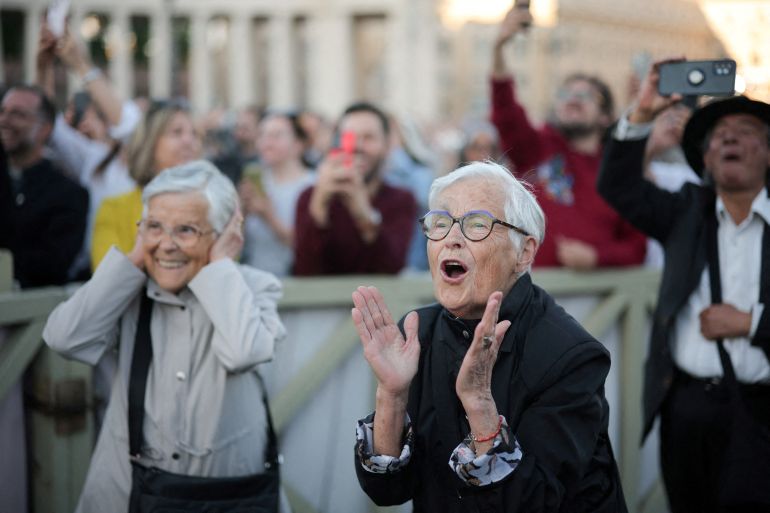
What’s in a name?
While Pope Leo XIV’s first moves are yet to be revealed, his choice of name is noteworthy.
Bruni, the Vatican spokesperson, noted that “Leo” is a direct reference to Pope Leo XIII, who adopted a new social doctrine in the late 19th century.
In 1891, Pope Leo XIII wrote an encyclical — or papal letter — known as the Rerum Novarum. It called on Catholics to address the “wretchedness” facing the working class, amid the upheavals of industrialisation and political changes like the unification of Italy.
That encyclical marked a radical new approach to workers, and it triggered the creation of Catholic newspapers, social cooperatives and banks — a social movement that is still alive today.
Bruni said the current Pope Leo hoped to draw a parallel to that time, with its technological revolutions.
“It is not a casual reference to the men and women of their work at a time of artificial intelligence,” Bruni explained.
Robert Orsi, a professor of religious studies at Northwestern University, said the name choice could also signify other historical parallels.
Leo XIII “strongly put down a movement called Americanism,” said Orsi.
“This movement was a kind of nationalist impulse within Catholicism, with national churches claiming to have their own identities, their own particular ways of doing things,” he explained. “And I think by choosing the name Leo XIV, this pope was, without a doubt, signalling a return to a global Catholicism.”
Pullella also believes it is noteworthy that, while Leo XIV mentioned his parishioners in Peru, he avoided highlighting his ties with the US.
“I think it’s very significant that he did not give a shout-out to the United States. He didn’t say, ‘I’m from America.’ He didn’t speak in English,” Pullella said.
That sent a message that “basically he’s not owned by the United States”, Pullella added. Leo XIV has previously been critical of the administration of US President Donald Trump over issues like nationalism and migration, just as the late Pope Francis was.
Still, Orsi predicted the Vatican under the new Pope Leo would be “subtle and wise” in how he deals with Trump in the years to come.
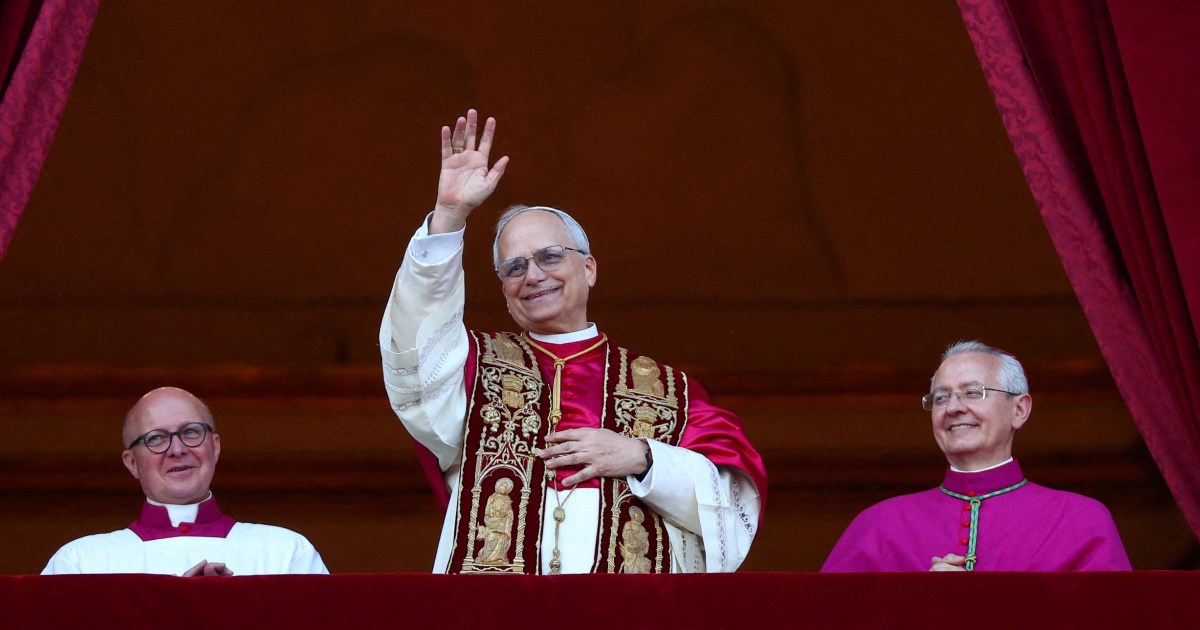
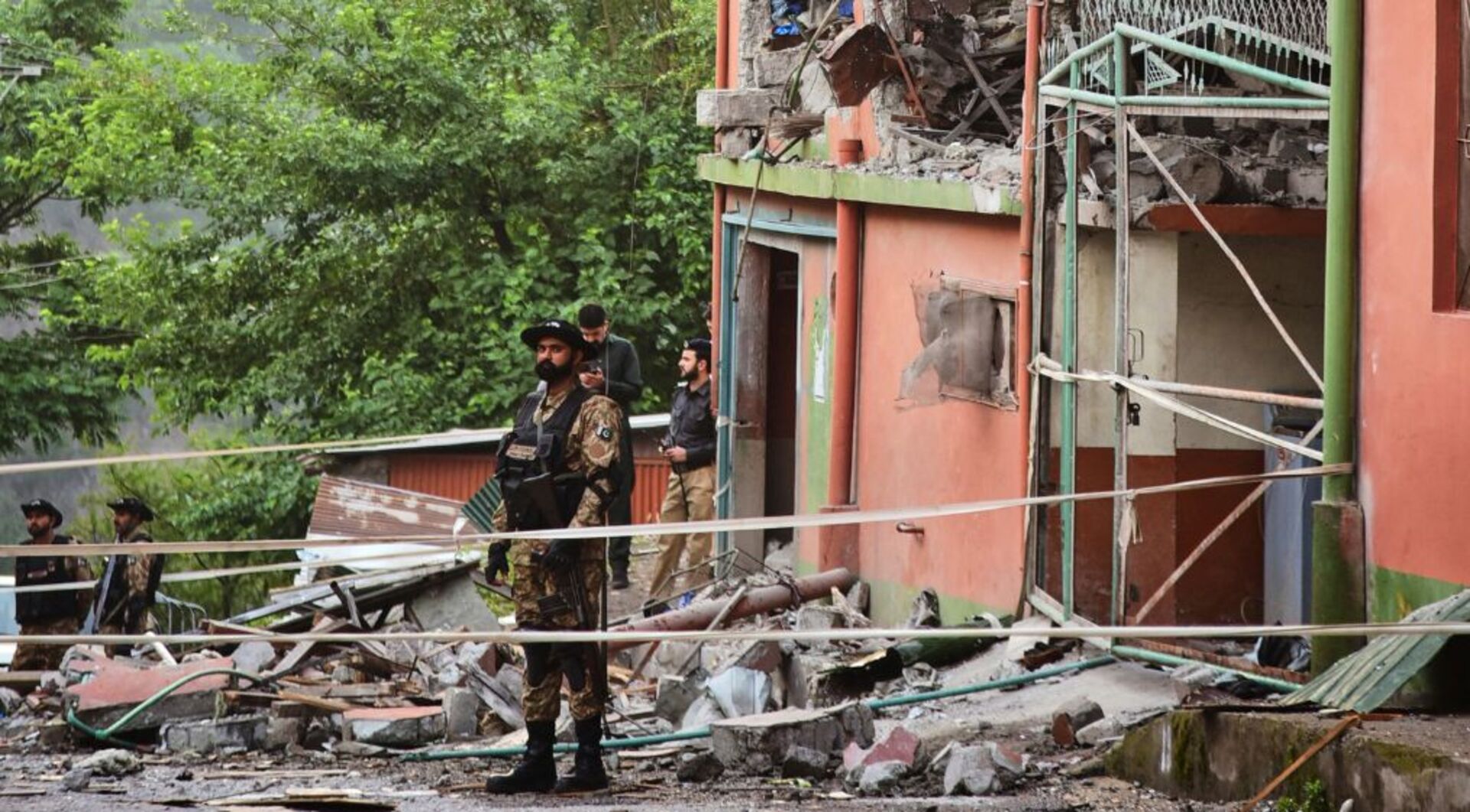
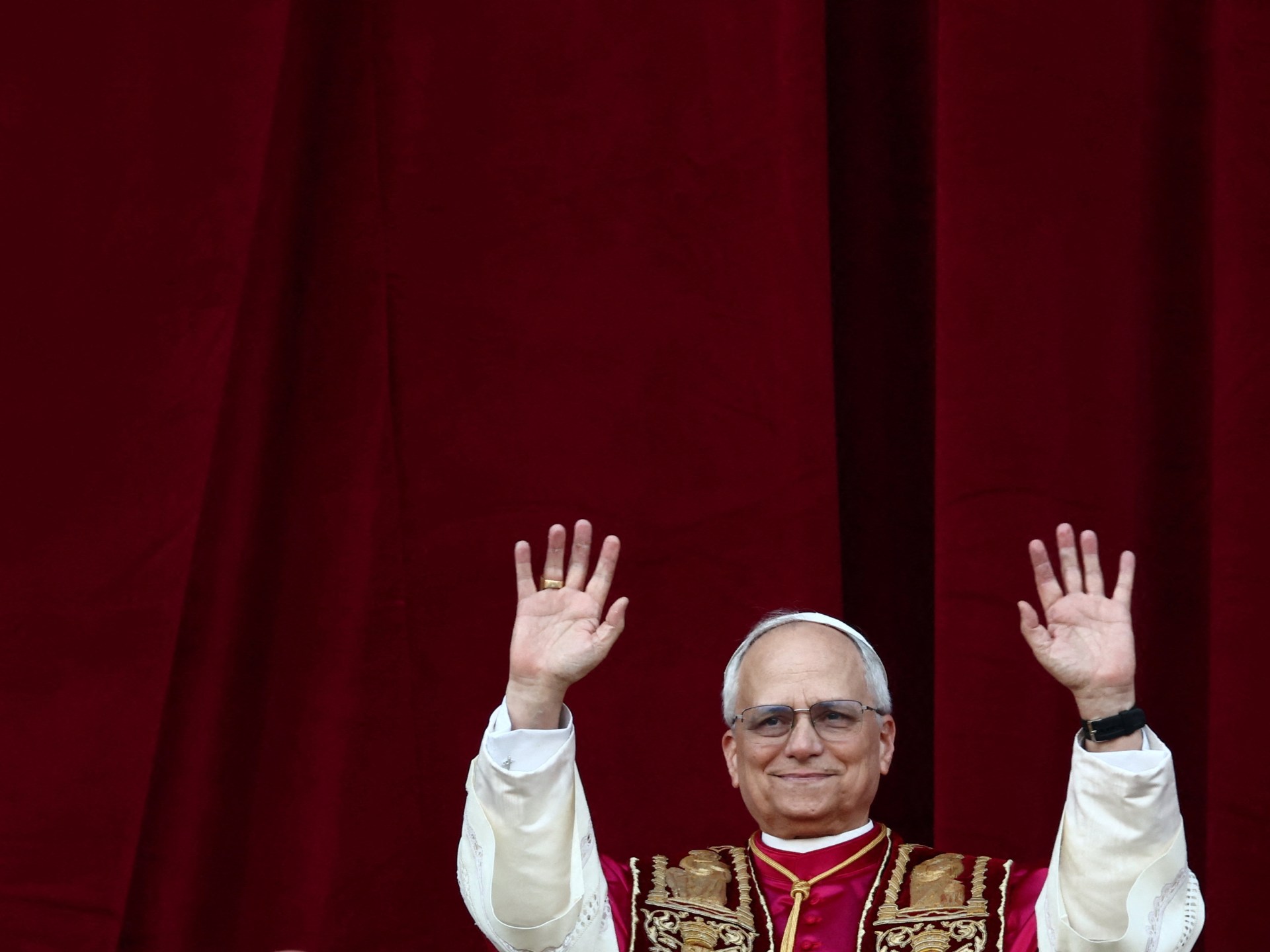
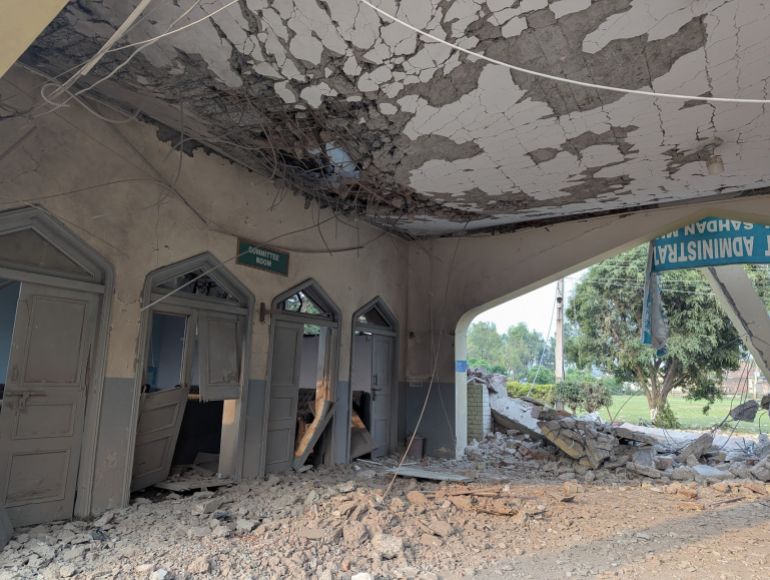
![The main hall of the mosque which was also struck by missile. [Abid Hussain/Al Jazeera]](https://www.occasionaldigest.com/wp-content/uploads/2025/05/PXL_20250507_120537182-1746709366.jpg)
![Pieces of the missiles were also kept for display which smelt of explosives and radiated heat. [Abid Hussain/Al Jazeera]](https://www.occasionaldigest.com/wp-content/uploads/2025/05/PXL_20250507_121720146-1746709444.jpg)
